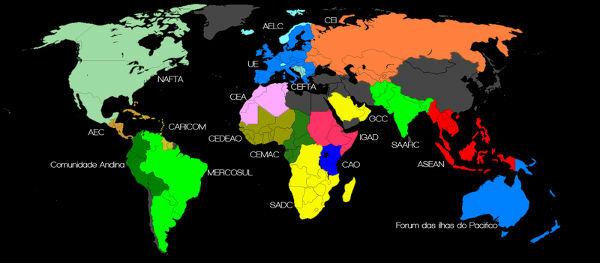You neutrinos they are subatomic particles devoid of electric charge, extremely light and that exist in enormous abundance in nature. After photons, they are the most abundant type of elementary particles in the universe. Approximately 65 billion neutrinos pass through every square centimeter of the Earth's surface per second.
How were they discovered?
O beta decay occurs when an unstable core emits a electron, which causes the core to lose energy and change the number of protons belonging to him. Through observations, it was found that the energy lost by the unstable nucleus was not fully “charged” by the electron. Thus, a question arose as to what was happening to the rest of the energy lost by the unstable element.

In 1930, the Austrian physicist Wolfgang Pauli suggested that the missing energy should be taken away by a extremely small particle with no electrical charge, which would make it extremely difficult to be detected. In 1932, the Italian Enrico Fermi called neutrinos the particles that had the rest of the energy lost by the unstable element. In Italian, the term
neutrino means small neutron, but this particle cannot be confused with the neutrons, type of element that constitutes the nucleus of atoms.Do not stop now... There's more after the advertising ;)
The interaction of neutrinos with matter is very weak, so these elements are difficult to detect. After the advent of nuclear reactors, after the Second World War, Fred Reines and Clyde Cowan, in 1955, managed to detect neutrinos through a process called inverse beta decay.
How important are neutrinos?

After photons, neutrinos are the most common type of particles in the universe. Like big Bang, a large number of these particles were created. Other sources of these particles are the sun, stellar explosions (supernovas) and cosmic rays.
Every second the Earth is hit by a multitude of neutrinos from intra and extragalactic sources, so the understanding and detecting these particles, scientists can find precious information about the origins and future of the universe.
By Joab Silas
Physics teacher
Would you like to reference this text in a school or academic work? Look:
JUNIOR, Joab Silas da Silva. "What is a neutrino?"; Brazil School. Available in: https://brasilescola.uol.com.br/o-que-e/fisica/o-que-um-neutrino.htm. Accessed on June 27, 2021.

